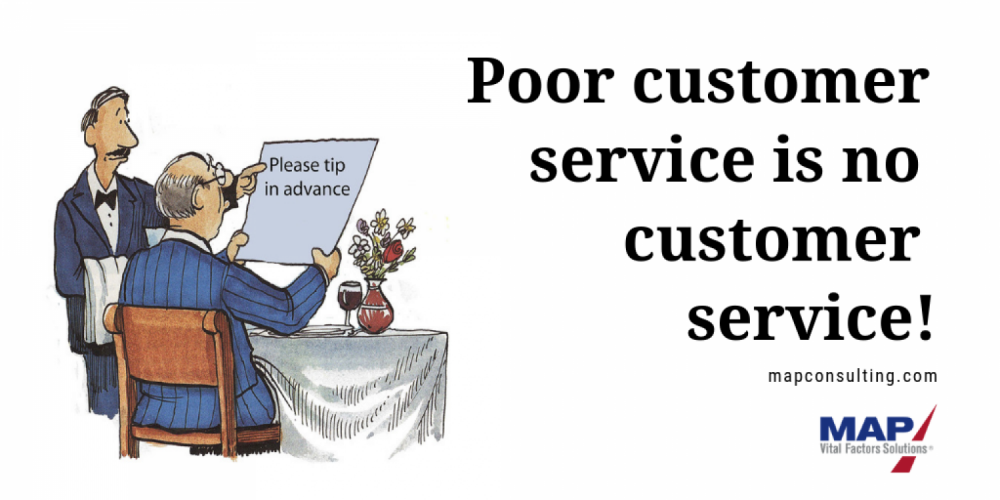Is Poor Customer Service Your Monster Under the Bed?
If you felt shock and disbelief as you heard the news or saw the YouTube video about the gentleman who was dragged off an airline flight, you’re not alone. For a number of reasons, the situation wasn’t handled well. It’s no surprise that among my colleagues, and even my friends, the story quickly became a hot topic of discussion. Interestingly, each time we talk about it, the conversation evolves into our own stories of customer-service nightmares. We even managed to find humor within tales of woe that covered companies from different industries large and small.
Having consistently miserable customer-service experiences may be the price we pay for doing business with certain companies or brands. This sad reality is a poor reflection on the leadership of these companies, and the way customer loyalty drives a business’s bottom line. It’s the monster under the bed for many companies; a hidden problem that you can’t change by having high quality products or by focusing your company’s attention on the bottom line.
In light of that, how does your organization stack up when it comes to providing excellent experiences for your customers? If you don’t know, do your homework and find out. If you find that it’s an aspect of your business that needs work, make customer focus a priority. Take the time to listen to your customers’ stories, and encourage better interactions and higher care. You’ll be less apt to become “the talk” of your market, your industry – or, worse, the world. Nobody wants to be the company in that YouTube video.
Here are three ways to ensure your organization ranks high in the eyes of your customers:
Recognize that excellent customer service starts with excellent leadership. If you want the people on the front line of your business delivering great experiences for your customers, make sure your employees know it’s important — and why. Be clear in your leadership and organization meetings. Express to your employees that, although customers may not be physically present in your management and development planning meetings, your customers matter and they must have a “seat at the table.” Take the lead, working with others in your organization to create a philosophy and establish guidelines for customer service. Share these with your team members, checking in regularly with direct reports and on the frontlines. Find out what’s working and what’s not. If corrective action is needed, take it! Fast!
Make sure your goals are aligned. It’s possible that a misalignment between goals and the strategies supporting those objectives played a role in that airline mishap. However, while the verdict is still out, know that it’s very common for departments within the same organization to have unintentionally oppositional goals. When this happens, customer service often gets sacrificed. To avoid this, you, the leader, need to ensure all goals and strategies truly support your company’s customers. Then, get your people onboard with an accountability system that will create the necessary alignment around vital customer-service goals, drive and uphold performance expectations, and get the results you (and your customers) deserve.
Support your people with ongoing training and development. When it comes to providing excellent customer service, employees need to be trained in the tools and skills to deliver it. This means you’ve got to give them adequate customer-service training, performance feedback, and the professional development and resources that will empower them to succeed. Do this, and you’ll find that when your people are faced with tough customer-service scenarios, they’ll be more effective and capable of handling tricky situations with grace, tact, and ease. This isn’t just a solid business strategy. When companies consistently have good customer service, they don’t just please their customers for a day. They build loyal fans for life.
What’s one strategy your business has taken to build greater accountability around providing stellar customer service?



